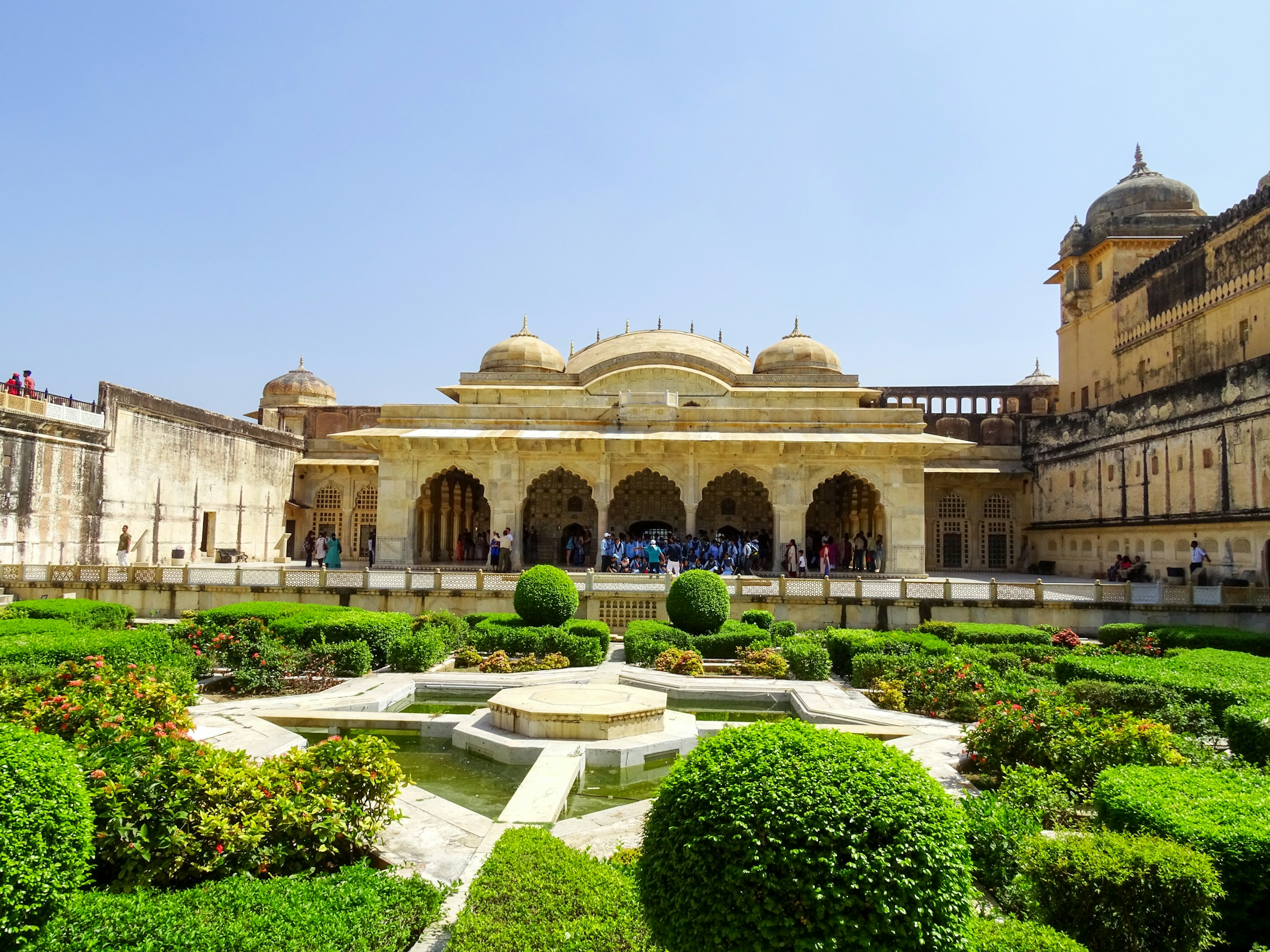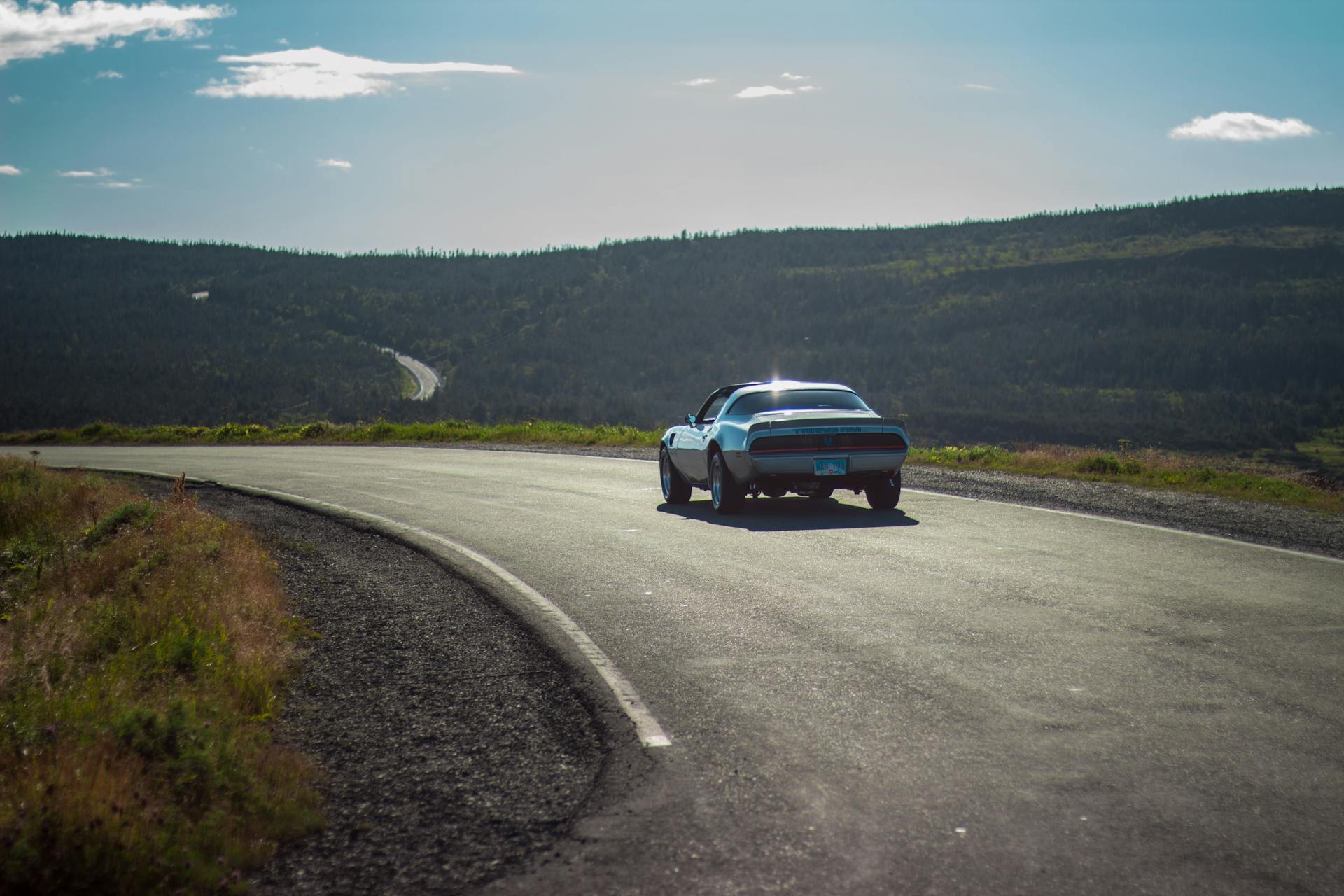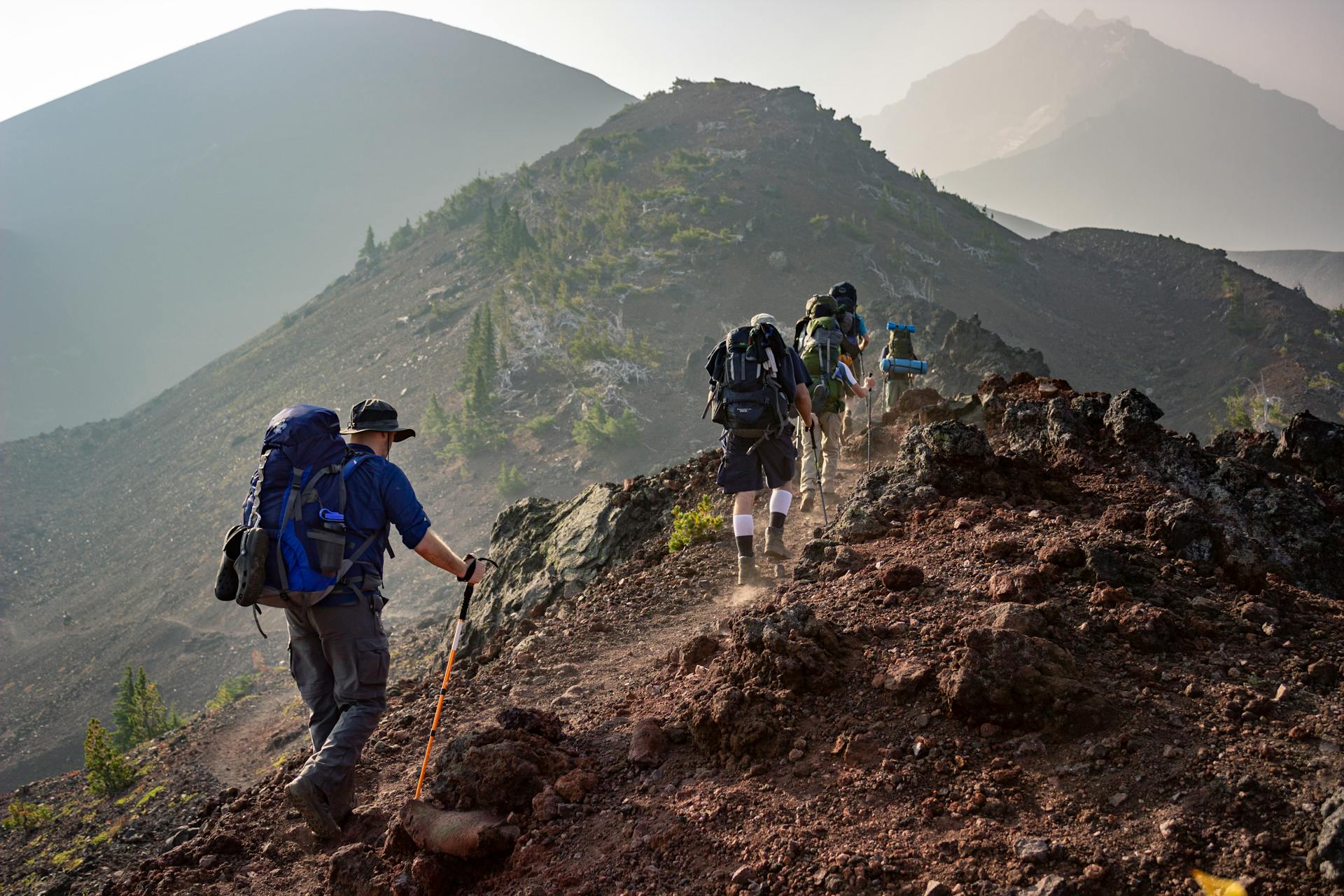Forts in Alibaug: A Historic Trail Through Coastal Legends

Alibaug, nestled in the Konkan region of Maharashtra, is a coastal gem that combines sun-soaked beaches with a rich historical tapestry. The forts in Alibaug—Kolaba, Revdanda, Murud-Janjira, and Korlai—stand as enduring symbols of the region’s strategic importance during the Maratha, Portuguese, and Siddi eras. These forts in Alibaug, surrounded by the Arabian Sea and lush landscapes, offer a captivating journey through time, blending tales of valor, architectural brilliance, and scenic beauty. Below, we delve into the history, architecture, and visitor details of each fort, followed by practical tips for planning your history trail.
1. Kolaba Fort: The Maratha Stronghold
Kolaba Fort, also known as Alibaug Fort, is a 17th-century maritime marvel built by Chhatrapati Shivaji Maharaj in 1680. Located just 1-2 km off Alibaug Beach, this fort was a key naval base for the Marathas, used to protect the Konkan coast and launch attacks on British ships.
History and Significance
- Construction: Initiated by Shivaji Maharaj in 1680 to safeguard the coast, the fort was completed by his son, Sambhaji Raje, in 1681.
- Maratha Rule: Under commanders like Darya Sarang and Mainak Bhandari, Kolaba Fort was a hub for naval operations, particularly raids against British vessels.
- British Capture: In 1713, it was handed over to Kanhoji Angre, the Maratha Navy chief, under a treaty with Peshwa Balaji Vishwanath. The British captured it in 1818, later using it as a prison.
Architecture and Features
- Location: Positioned on an island, accessible by foot during low tide or by boat during high tide.
- Structure: The fort spans 900 ft. long and 350 ft. wide, with 25 ft. high walls and 17 bastions. It features a freshwater well, a rare feat for a sea fort.
- Highlights: The grand entrance arch, adorned with carvings of tigers, peacocks, and elephants, leads to shrines of Mahishasura, Padmavathi, Kanifnath, Sri Ganesh, and the fort deity. The southern gate, known as Darya or Yeshwant Darwaja, and a temple of Shri Ganesh built by Raghoji Angre in 1759 are notable features.
Visitor Information
- Timings: Open from 9:00 a.m. to 5:00 p.m.
- Entry Fee: ₹25 for Indian citizens, ₹300 for foreigners.
- How to Reach: Walk from Alibaug Beach during low tide or take a boat (₹100–₹200 per person) from the beach during high tide.
- Best Time to Visit: October to March for pleasant weather; avoid monsoons due to rough seas.
- Activities: Explore historical structures, visit the Siddhivinayak Temple, enjoy photography, and experience horse riding from Alibaug Beach.
Nearby Attractions
- Alibaug Beach
- Nagaon Beach
- Varsoli Beach
- Magen Aboth Synagogue
- Birla Mandir
2. Revdanda Fort: The Portuguese Legacy
Revdanda Fort, located in Revdanda village, 17 km from Alibaug, is a 16th-century Portuguese fort built in 1558. Positioned at the mouth of the Kundalika River, it offers stunning views and a glimpse into colonial history.
History and Significance
- Construction: Erected by Portuguese Captain Soj in 1558 as a watchtower to protect trading interests.
- Maratha Rule: Captured by the Marathas in 1740 under a treaty with the Portuguese.
- British Era: Annexed by the British in 1806, briefly controlled by the Angres in 1817, and recaptured by the British in 1818.
Architecture and Features
- Location: Situated on a hill near Revdanda village, offering panoramic sea views.
- Structure: Features two main entrances (north and south), remnants of walls, and a lighthouse.
- Highlights: The fort’s strategic position and partially ruined structures evoke its historical significance.
Visitor Information
- Timings: Open from 9:00 a.m. to 5:00 p.m.
- Entry Fee: Free
- How to Reach: By road from Alibaug (17 km) or via ferry from Mumbai to Mandwa, followed by a taxi.
- Best Time to Visit: November to March for pleasant weather.
- Activities: Explore historical ruins, enjoy scenic views, and photography.
Nearby Attractions
- Revdanda Beach
- Korlai Fort
- Kashid Beach
3. Murud-Janjira Fort: The Unconquered Citadel
Murud-Janjira Fort, located on an island near Murud, 53 km from Alibaug, is a 16th-century sea fort renowned for its invincibility. Built in 1567 by Malik Ambar, it withstood numerous sieges, earning its reputation as an unconquered citadel.
History and Significance
- Construction: Built by Malik Ambar, a general of the Nizam Shahi dynasty, in 1567.
- Invincibility: The fort repelled attacks from the Marathas, Mughals, and Portuguese, remaining under Siddi control until the 19th century.
- British Era: Handed over to the British in the 19th century.
Architecture and Features
- Location: On an oval-shaped island in the Arabian Sea, accessible only by boat from Rajapuri Jetty.
- Structure: Boasts 23 bastions, a palace, a mosque, and a freshwater lake, showcasing robust engineering.
- Highlights: The fort’s massive walls, iconic cannons (including the Kalal Bangdi), and breathtaking sea views.
Visitor Information
- Timings: 9:00 a.m. to 5:00 p.m.
- Entry Fee: ₹50 for Indians, ₹200 for foreigners.
- How to Reach: By boat from Rajapuri Jetty (₹30–₹50 per person), 5 km from Murud.
- Best Time to Visit: October to March for pleasant weather.
- Activities: Explore the fort’s structures, enjoy boat rides, photography, and picnicking.
Nearby Attractions
- Murud Beach
- Kashid Beach
- Revdanda Fort
4. Korlai Fort: The Portuguese Outpost
Korlai Fort, located in Korlai village, 22 km from Alibaug, is a 16th-century Portuguese fort built in 1521. Perched on a hill overlooking the Arabian Sea and Revdanda Creek, it offers a blend of history and scenic beauty.
History and Significance
- Construction: Built by the Portuguese in 1521 with permission from the Ahmednagar Sultanate to defend their province.
- Maratha and British Rule: Captured by the Marathas in 1740 and later by the British in 1818.
- Strategic Role: Served as a companion fort to Chaul, protecting Portuguese interests from Bassein to Korlai.
Architecture and Features
- Location: On a hill near Korlai village, accessible by a short trek.
- Structure: Features seven gates, a church, a lighthouse, and remnants of living quarters.
- Highlights: The fort’s ruins, lighthouse, and stunning views of the sea and creek.
Visitor Information
- Timings: 9:00 a.m. to 5:30 p.m.
- Entry Fee: Free
- How to Reach: By road from Alibaug (22 km) or via ferry from Mumbai to Mandwa, followed by local transportation.
- Best Time to Visit: October to March for pleasant weather.
- Activities: Trek to the fort, explore ruins, enjoy photography, and take in scenic views.
Nearby Attractions
- Korlai Beach
- Revdanda Fort
- Kashid Beach
Planning Your History Trail
Alibaug’s forts are a perfect blend of history, architecture, and natural beauty, making them ideal for a weekend getaway or a day trip. Here’s how to make the most of your visit:
Best Time to Visit
- October to March: The weather is pleasant, with temperatures ranging from 15°C to 30°C, ideal for exploring the forts and enjoying coastal views.
- June to September: Monsoon season brings lush greenery but can make some forts, especially Kolaba and Murud-Janjira, inaccessible due to rough seas and heavy rainfall.
How to Reach Alibaug
- By Road: Alibaug is well-connected by road from Mumbai (100 km, ~3 hours) and Pune (140 km, ~4 hours) via NH66.
- By Train: The nearest railway station is Pen (30 km from Alibaug), with local taxis or buses available to reach Alibaug.
- By Ferry: Take a ferry from Gateway of India, Mumbai, to Mandwa Jetty (1 hour), followed by a 30-minute taxi ride to Alibaug. Ferries operate frequently, with tickets costing around ₹200–₹300.
Tips for Visitors
- Dress Comfortably: Wear lightweight clothing and sturdy shoes suitable for walking or trekking, especially for Korlai Fort.
- Carry Essentials: Bring water, snacks, sunscreen, a hat, and a mobile phone for online ticketing (e.g., Kolaba Fort).
- Respect Local Customs: Dress modestly when visiting temple sites within the forts, such as the Siddhivinayak Temple in Kolaba Fort.
- Check Tide Timings: For Kolaba Fort, confirm low tide schedules to walk across safely; high tide requires a boat.
- Photography: The forts offer stunning backdrops for photography, especially during sunrise or sunset.
Nearby Attractions
Beyond the forts, Alibaug offers a range of attractions to complement your history trail:
- Beaches: Alibaug Beach, Kashid Beach, Nagaon Beach, Varsoli Beach, Revdanda Beach, and Korlai Beach are perfect for relaxation and water sports.
- Other Forts: Explore Tringalwadi Fort and Raigස
igad Fort for a deeper dive into Maratha history.
- Nature Spots: Bhatsa River Valley and Camel Valley offer scenic escapes for nature lovers.
Historical Context
These forts reflect the diverse influences that shaped Alibaug’s history:
- Maratha Influence: Kolaba Fort showcases the Maratha Empire’s naval prowess under Shivaji Maharaj, a key figure in resisting Mughal and colonial rule.
- Portuguese Legacy: Revdanda and Korlai Forts highlight Portugal’s 16th-century trade ambitions along the Konkan coast.
- Siddi Dominance: Murud-Janjira Fort stands as a testament to the Siddis’ resilience, maintaining control despite repeated attacks.
Practical Considerations
- Accessibility: Kolaba and Murud-Janjira require tide or boat access, while Revdanda and Korlai are reachable by road or short treks.
- Conservation: Kolaba Fort is maintained by the Archaeological Survey of India, ensuring good condition, while Revdanda and Korlai are partially in ruins, adding to their rustic charm.
- Safety: Be cautious of slippery surfaces during monsoons and follow local guidelines for tide-dependent access.
Quick Snapshot of Forts in Alibaug
| Fort | Location (Coordinates) | Access | Entry Fee | Timings | Best Time | Highlights |
| Kolaba Fort | 1-2 km from Alibaug Beach (18.6411° N, 72.9612° E) | Foot during low tide, boat during high tide | ₹25 (Indians), ₹300 (Foreigners) | 9:00 a.m. to 5:00 p.m. | October to March | Grand entrance arch, freshwater well, Siddhivinayak Temple, Shri Ganesh temple |
| Revdanda Fort | Revdanda village, 17 km from Alibaug (18.8000° N, 72.8833° E) | By road or ferry from Mumbai to Mandwa | Free | 9:00 a.m. to 5:00 p.m. | November to March | Two main entrances, lighthouse, panoramic sea views |
| Murud-Janjira Fort | Island near Murud, 53 km from Alibaug (18.2997° N, 72.9646° E) | Boat from Rajapuri Jetty | ₹50 (Indians), ₹200 (Foreigners) | 9:00 a.m. to 5:00 p.m. | October to March | 23 bastions, iconic cannons, palace, mosque, freshwater lake |
| Korlai Fort | Korlai village, 22 km from Alibaug (18.8000° N, 72.8833° E) | By road or ferry from Mumbai to Mandwa | Free | 9:00 a.m. to 5:30 p.m. | October to March | Seven gates, church, lighthouse, sea and creek views |
Wrapping Up Your Walk Through the Forts in Alibaug
The forts in Alibaug aren’t just stone walls and ruins—they’re living testaments to a coastal legacy shaped by Maratha pride, Portuguese power, and sea-faring trade. As you walk through their weathered gateways and gaze out at the Arabian Sea, these timeworn sites offer a rare blend of adventure and heritage. Whether it's the tide-kissed Kolaba Fort or the scenic ramparts of Revdanda, the forts in Alibaug will transport you to a bygone era.
If you’re planning a well-rounded escape, pair your historical trail with some shoreline relaxation—check out our guide on the Best Beaches in Alibaug for Every Mood to discover sandy retreats that perfectly complement your cultural journey.
And when you're ready to turn this plan into a real getaway, head over to BidYourStay to explore handpicked homestays and villas that bring you closer to Alibaug’s rich past and beautiful coastline.

